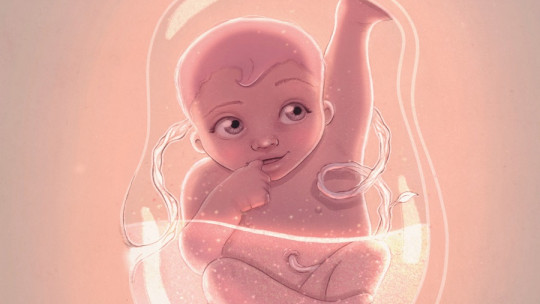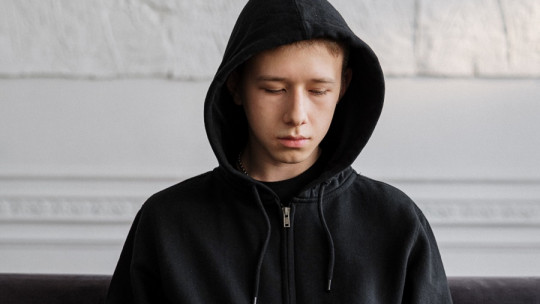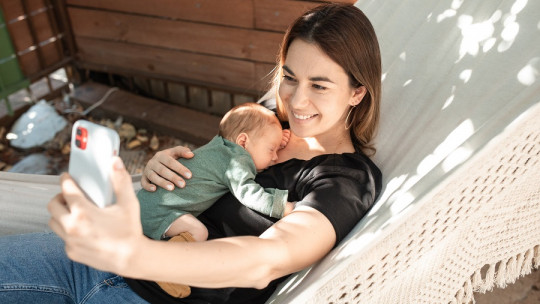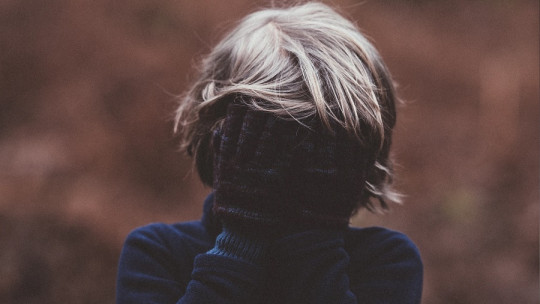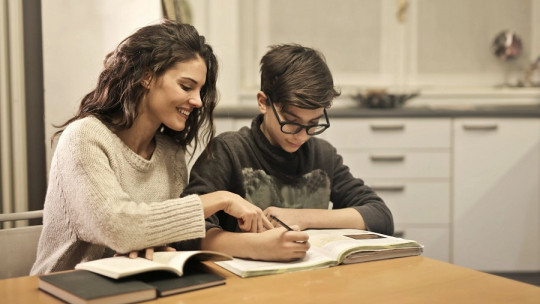The seed greenhouse It has been sprouting like an incipient seedling that wants to open to the light. A few years ago, within a therapeutic intervention with a family that requested guidance to explain to their daughters how their fertilization had occurred through a donated egg, the parents requested guidance to prepare and transmit that story that was so vital and decisive for their children. daughters and for themselves; From that meeting the first draft emerged
The parents sensed and believed in the importance of their daughters developing accompanied by a narrative of what her gestation process was like This process was carved, sculpted by the difficulties and the impulse that had led them, full of hope, to create a family beyond the couple.
Subsequently, this first outbreak was developed in the illustrated book The seed greenhouse.
The creative process behind the book
In the illustrated book, I wanted to collect the conflicts and responses that other families have expressed to me some single-parent and others non-single parent of the same or different gender.
All of them share the difficulties of achieving pregnancy and the struggle to have long-awaited children.
Address assisted pregnancy and know how to relate this process to boys and girls conceived and born through assisted fertilization regardless of its modalities, implies reconciling culture, medicine and biology.
Pregnancy has a biological substrate and a cultural and social implication that must be properly harmonized and matched so that all the members of that symphony feel appropriately and comfortably, with the role they have had within that group that is creating a family. .
New families linked to assisted fertilization
The family begins long before children are born ; It is fertilized when he dreams of her, when he longs for her, when one of her begins to project herself as a mother and as a father. That dream or illusion may be forgotten throughout the gestational medical procedure.
The seed greenhouse aims to recover that first illusion which leads to embarking on the journey of assisted fertilization and tries to explain the process from botanical connotations, loading with beauty and warmth a procedure that can be stressful and aseptic. Through the beautiful illustrations of Zuzene Seminario we have tried to make the charm of nature present and cover and harmonize the entire narrative.
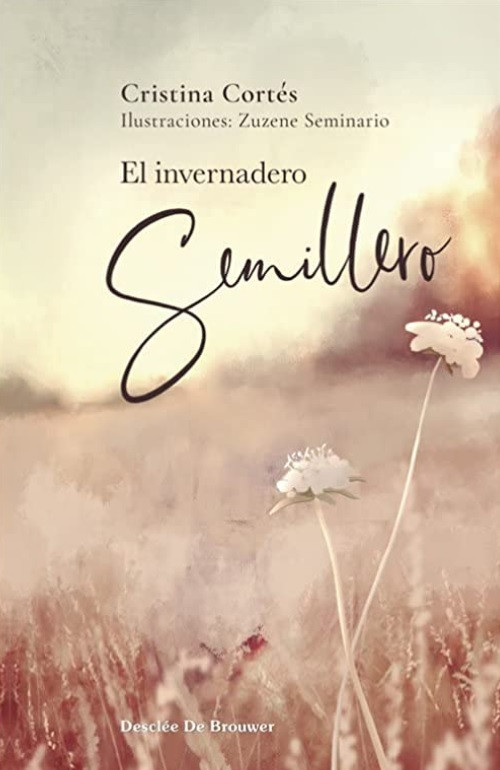
Times change, people develop
Around 30,000 babies are born every year through assisted reproduction in Spain; As we can see, every year more families resort to help for reproduction.
We cannot be oblivious to how fertilization, gestation and the family have been evolving and changing Reconciling culture, biology, science and technology can be extremely difficult. At the current moment, all of them, especially biological, technological and cultural, determine and condition our behaviors and the emotions and beliefs that accompany them. Integrating the incessant movement of emotions, doubts, sensations (especially in women, mediated and amplified by the entire hormonal process) is not easy at all.
On the other hand, the moment of our fertilization, gestation, the uterine environment and how we come into the world are probably one of the most important events in our lives, and influence our development and our identity beyond what we suspect. And of course, They leave a great emotional mark on the mother and the family that is being formed Addressing these aspects seemed really important to me.
What are the objectives of this book?
This book tries to answer each of your questions: How can I tell how they were conceived, how they were fertilized, what their genetics are? Telling that story, which is part of the family history, can mean touching wounds that are not yet closed; The very act of telling it can help close it or help you become aware of it and give it the attention it deserves.
Any story about the fertilization of our children, whatever it may be, It should be part of your stories, your first memories since your birth Its natural and spontaneous approach should be part of everyday life.
May the story of how they were dreamed of, fertilized, how they were born and cared for adapt to age and maturation cycles. Furthermore, in the book we propose highlight the longing, the excitement and the emotional component that has accompanied the entire process Every child needs to feel special and hear that his arrival in the womb was unique and full of love.
Why this story and highlight these aspects?
Because being able to put words to your story (and your story begins before you are born), when fathers and/or mothers began to dream of the child they wanted, helps us to be able to travel throughout our life cycle, to consider ourselves protagonists. of our entire lives. And as, helps understand our beginning so decisive in our development.
If that story is told, it also participates in the construction of a story in which words are put to the emotion that has been experienced by the parents; and let us not forget that, therefore, it is perceived by their children. We contribute to ensuring that, regardless of the difficulties encountered along the way, the states that have accompanied that journey can be digested and understood.
I invite not only families who have experienced assisted fertilization to read it, but also educators, teachers and health workers who accompany this process.
Author: Cristina Cortés Viniegra.

